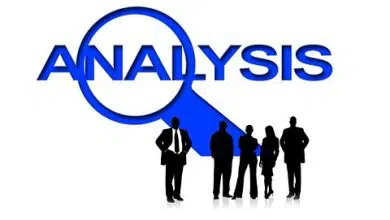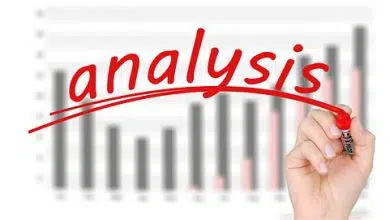Marginal cost and average cost are two important types of costs incurred by a firm in production process. The Marginal cost implies the additional cost incurred by a firm for producing one more unit of a commodity.
Suppose a firm incurred Rs. 100 for producing 10 units. If it incurs Rs.107- for producing 11 units, the marginal cost of the 11th unit is Rs.7 (Rs. 107- Rs. 100= Rs. 7). Marginal cost is the change in the total cost due to the production of one more unit. Marginal cost always equals to variable cost. Marginal cost increases rapidly in the beginning. It is low at the optimum size of production. It will be high when the total cost is more.
Average cost : Average cost is calculated by dividing the total cost by the number of units produced. It includes average fixed cost and average variable cost. It is also called Average Total Cost. It includes the normal profits of the entrepreneur. Suppose the total cost of production of 100 books is Rs.1,000/-. Then the average cost of production of each book is Rs. 10/-. (Rs. 1000/100 = Rs. 10/-)
Relationship between Marginal cost and Average cost : Marginal cost and average cost are closely related. The relationship between Marginal cost and Average cost is explained with the help of the following table:
 We may draw the following conclusions from the above table
We may draw the following conclusions from the above table
1) Average cost will be low so long as Marginal cost is less than the average cost. It will be high so long as marginal cost is more than the average cost. It will be constant and stable when Marginal cost is equal to Average cost. This is clear from the above table. When production is 3 units, Marginal cost is less than the average cost. At the production of 4th unit, Marginal cost and average cost are equal. Later on Marginal cost is more than the average cost.
2) As the level of production increases, Marginal cost and average cost fall to some extent. Later on they began to rise. In the initial stages when level of production is increasing, the firm secures the economies of large scale Production. Its economies outweigh the dis-economies. The firm secures economies of production due to the operation of increasing returns. After a particular stage, due to the operation of the diminishing returns costs of production outweigh the revenues. As a result Marginal cost and average cost increase. Marginal cost increases more steeply than the average cost, That is why the average cost curve will be a U shaped curve. The marginal cost curve will also be a ‘U’ shaped curve.
3) At a particular point of output marginal cost and average cost remain equal. In the above table at the 4th unit, Marginal cost is equal to the average cost. Marginal cost curve cuts the average cost curve at its lowest point. This point indicates the optimum size of production.




